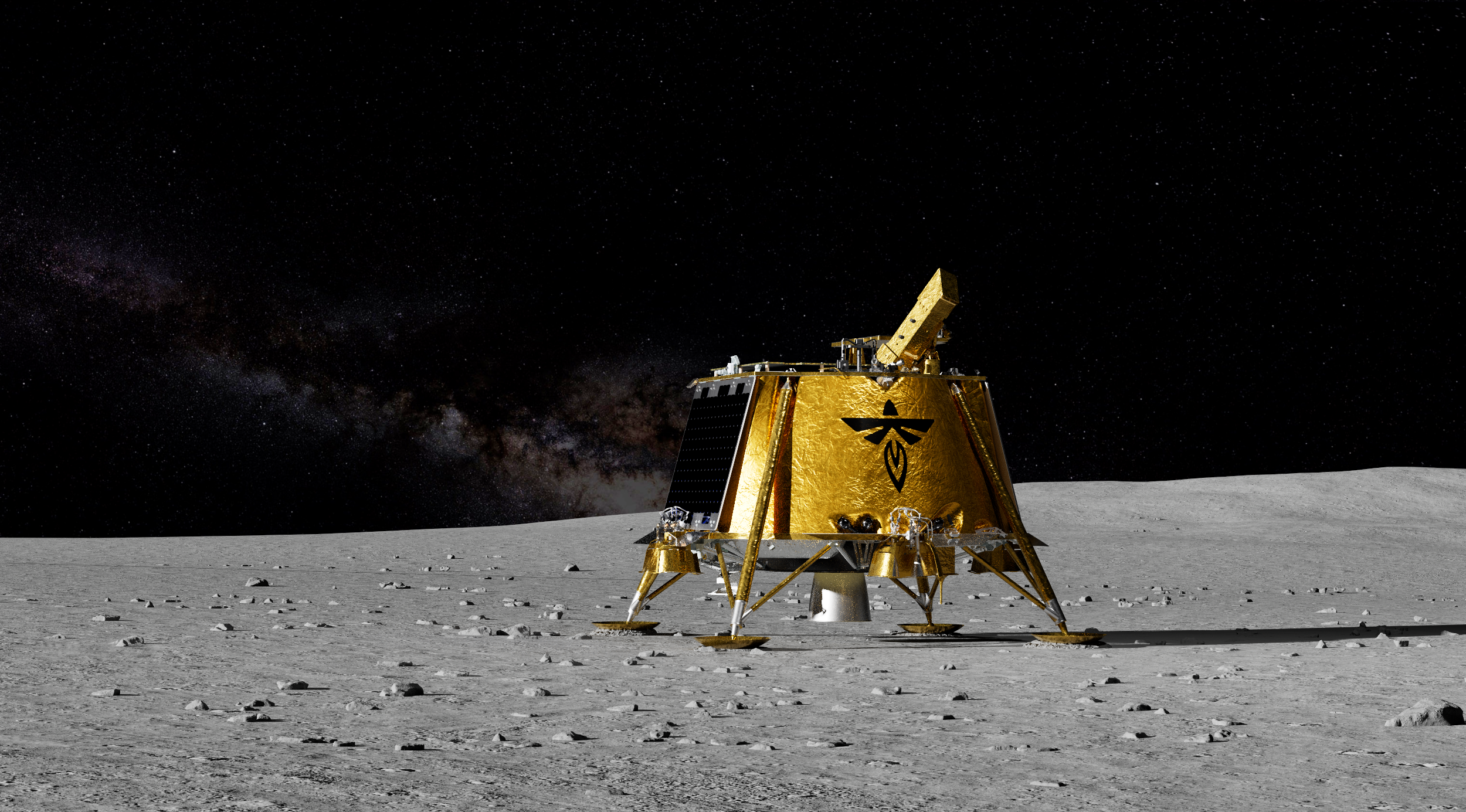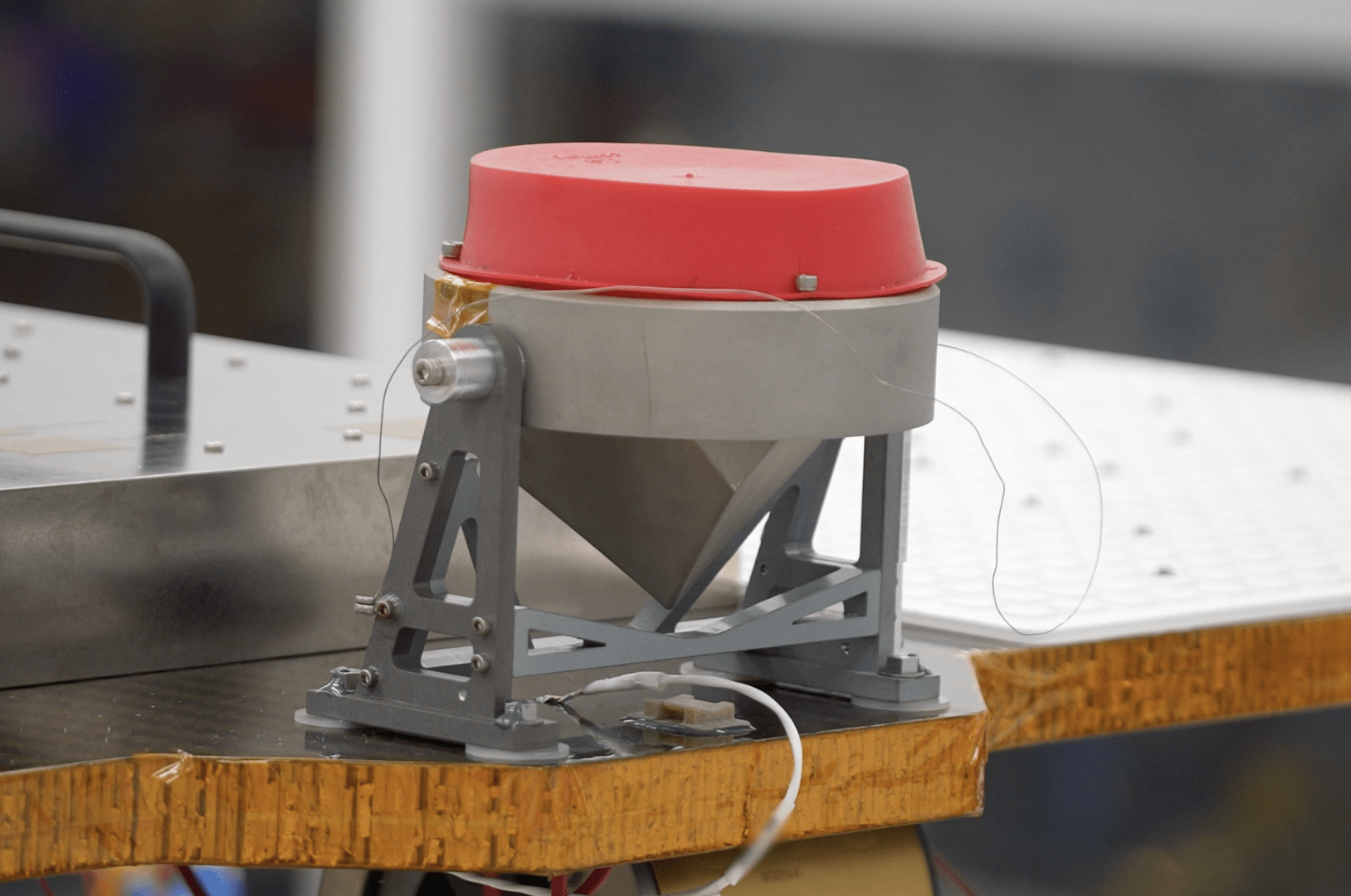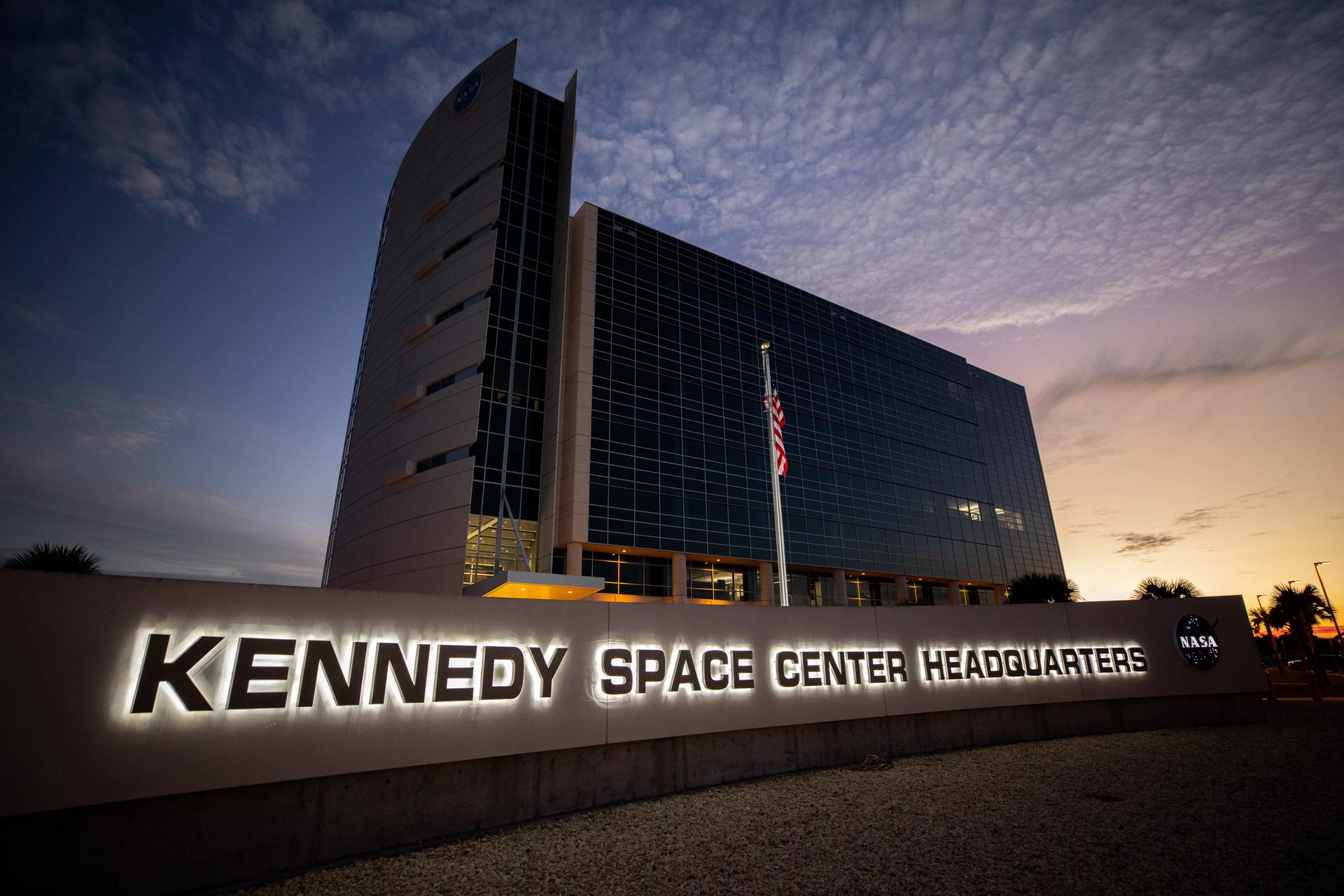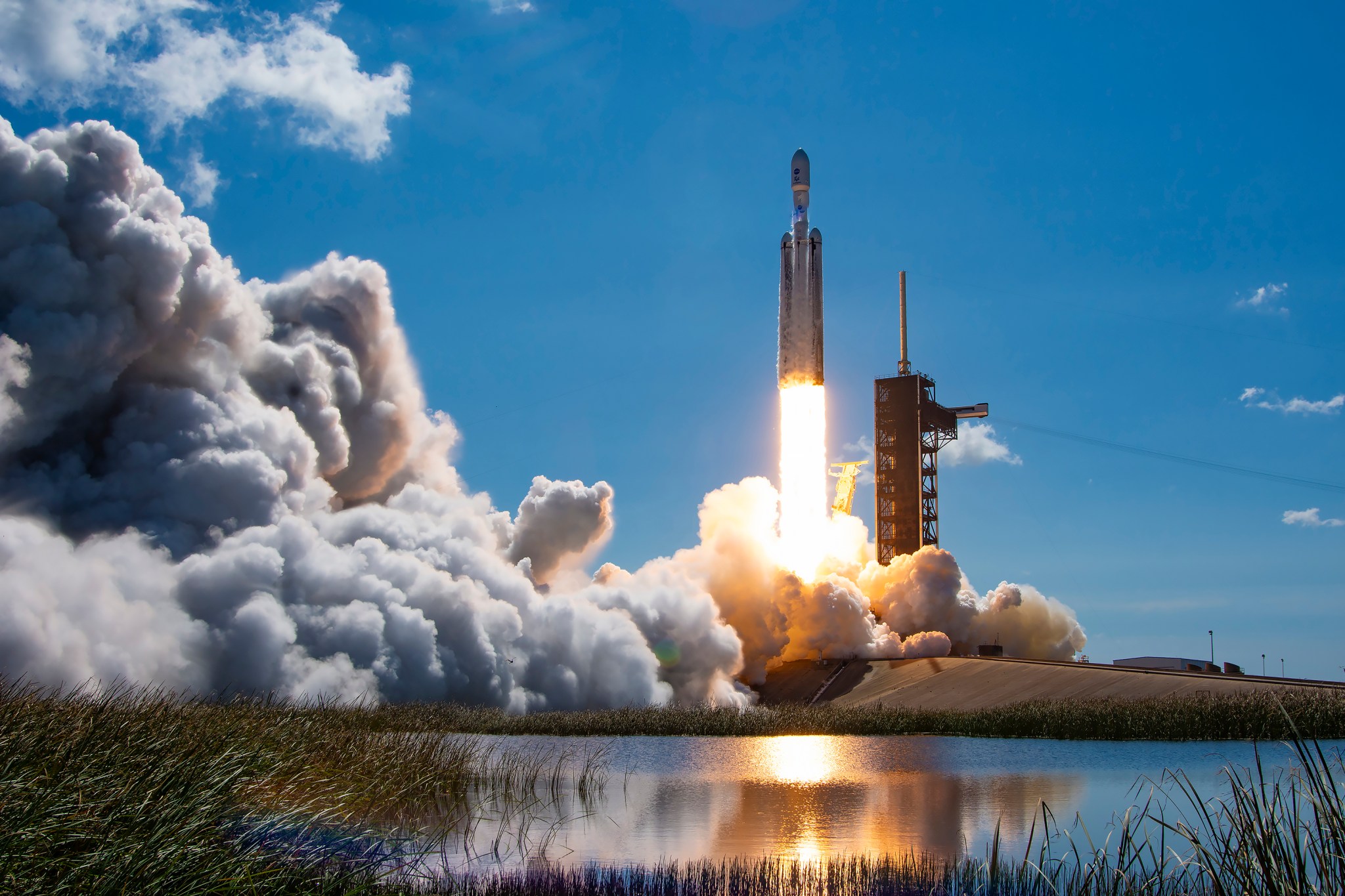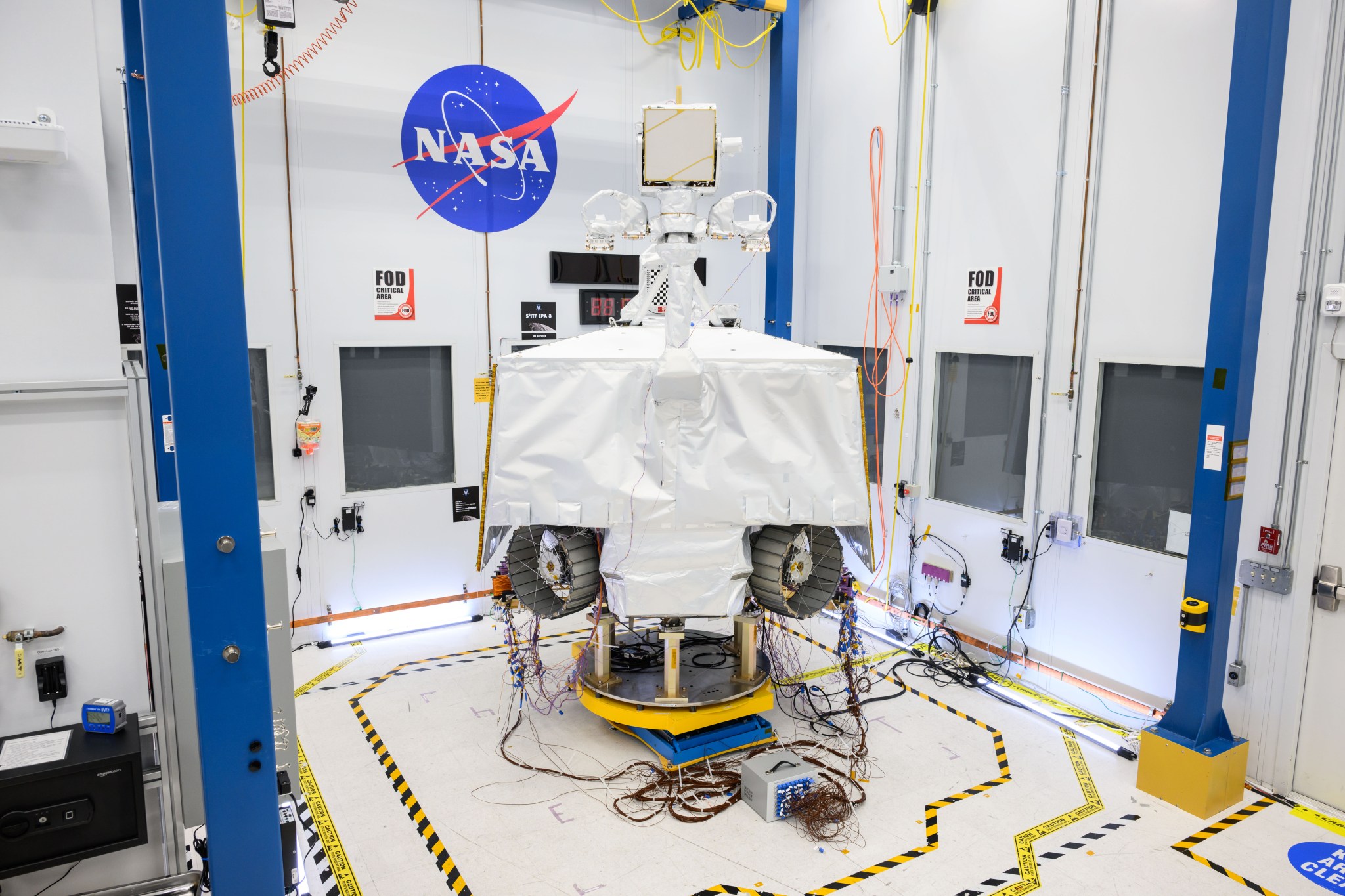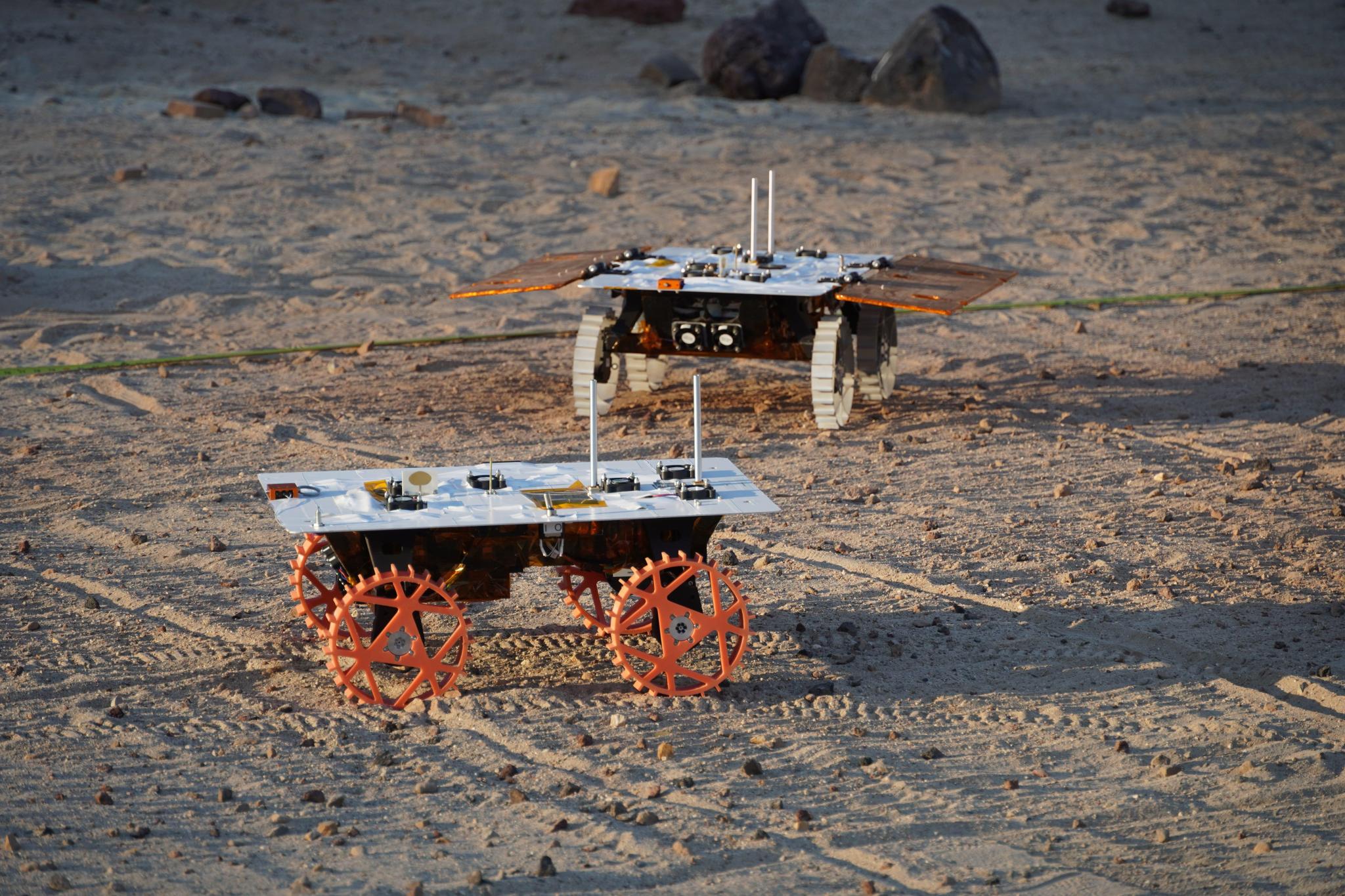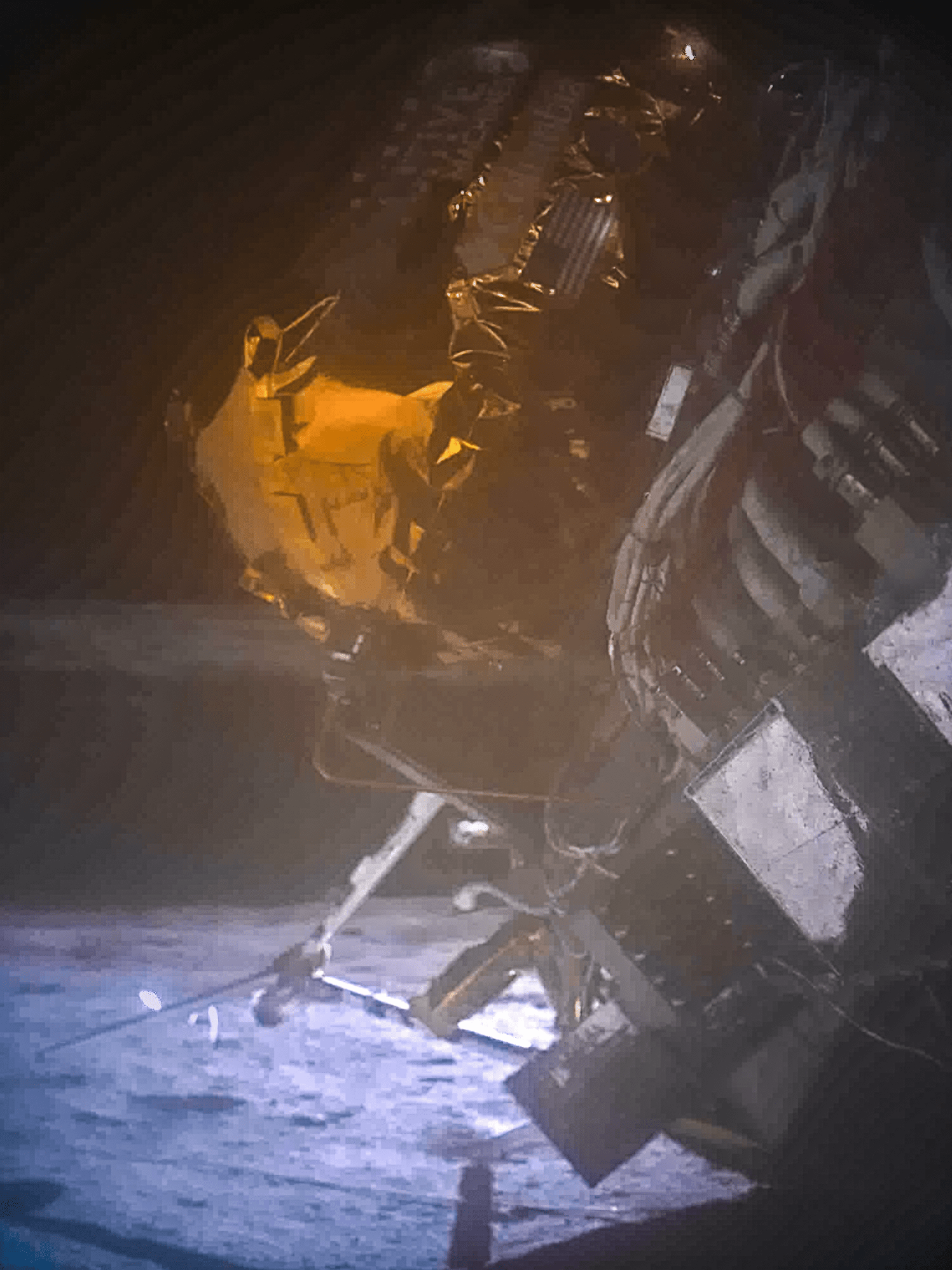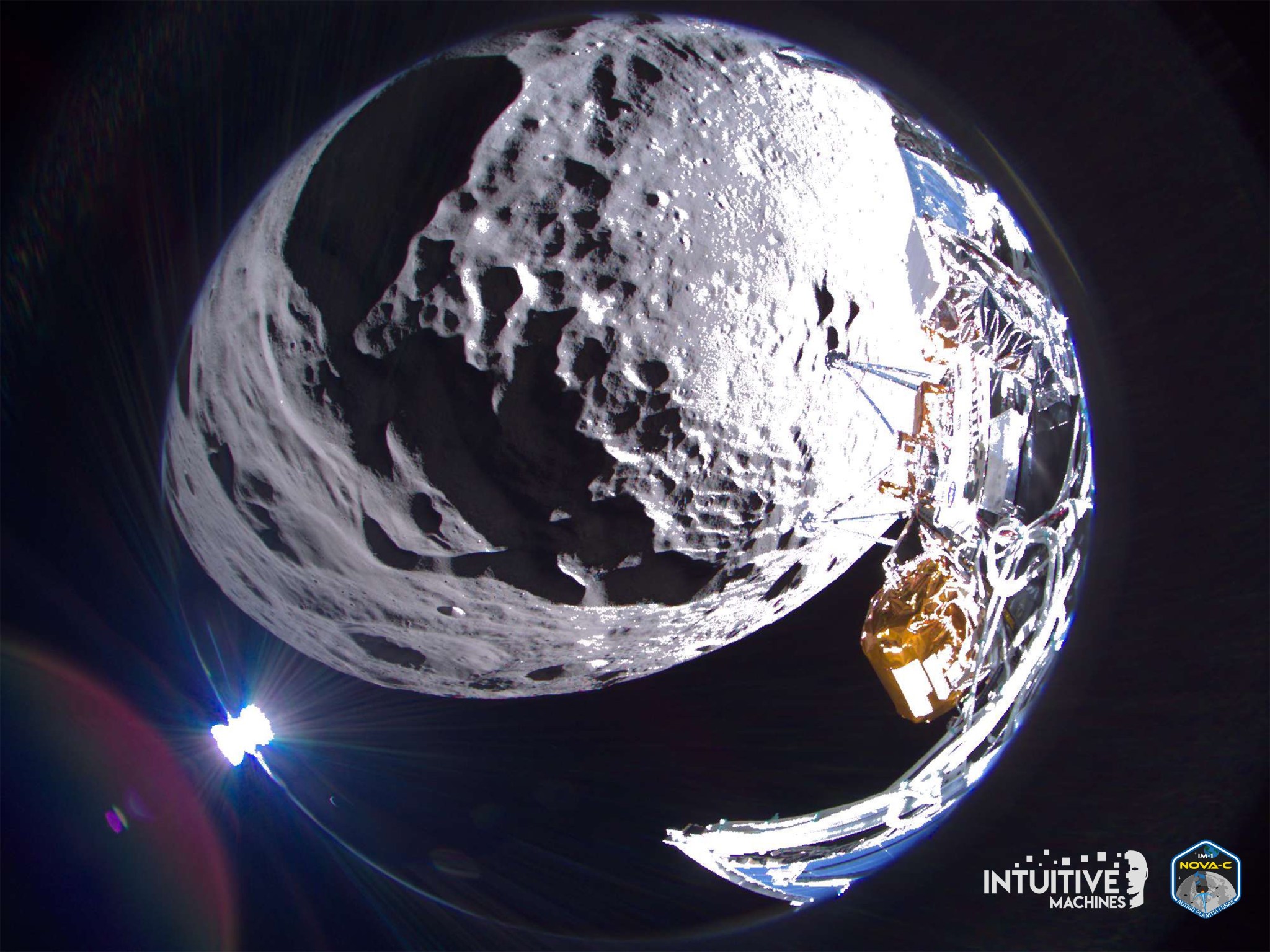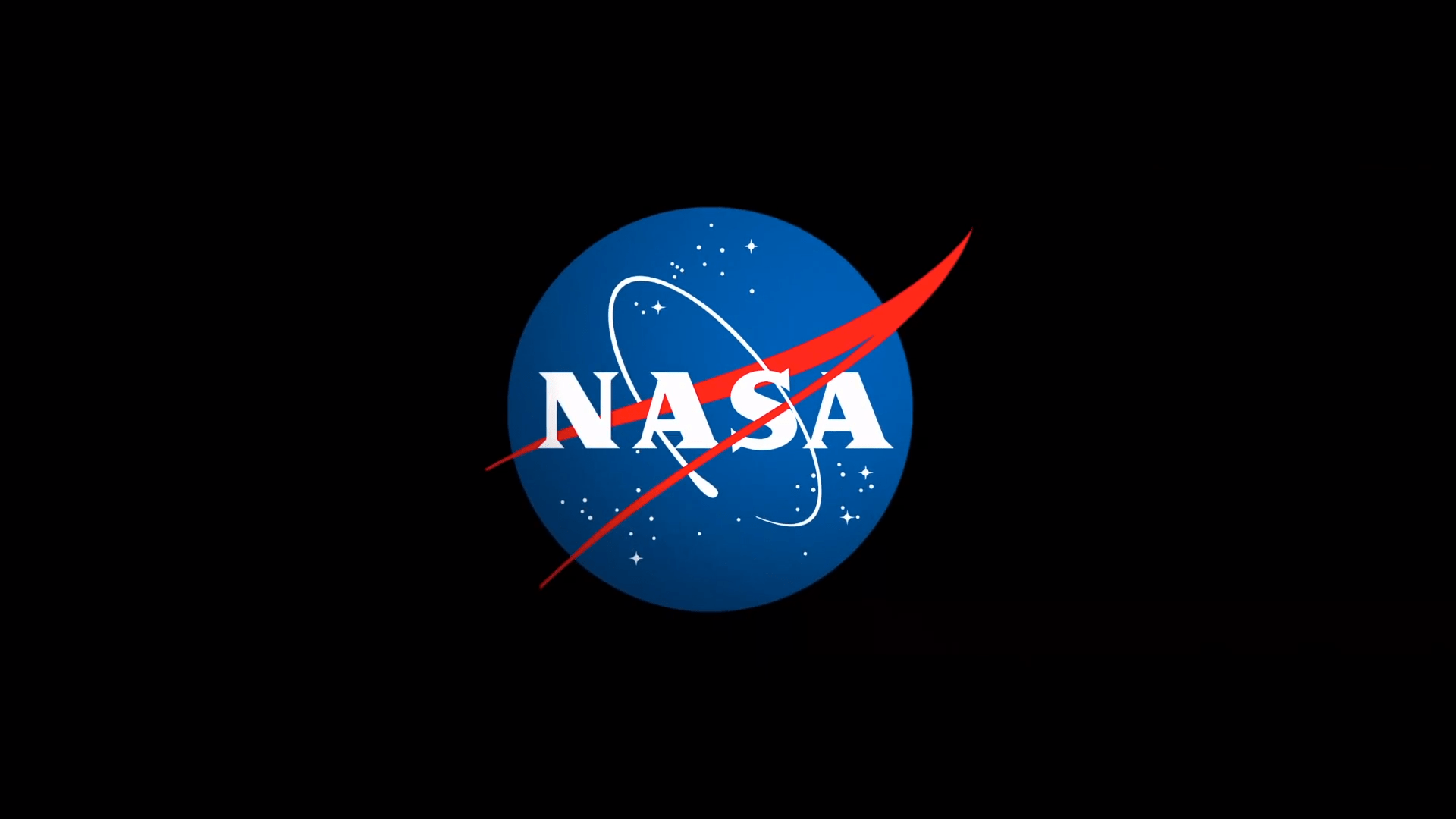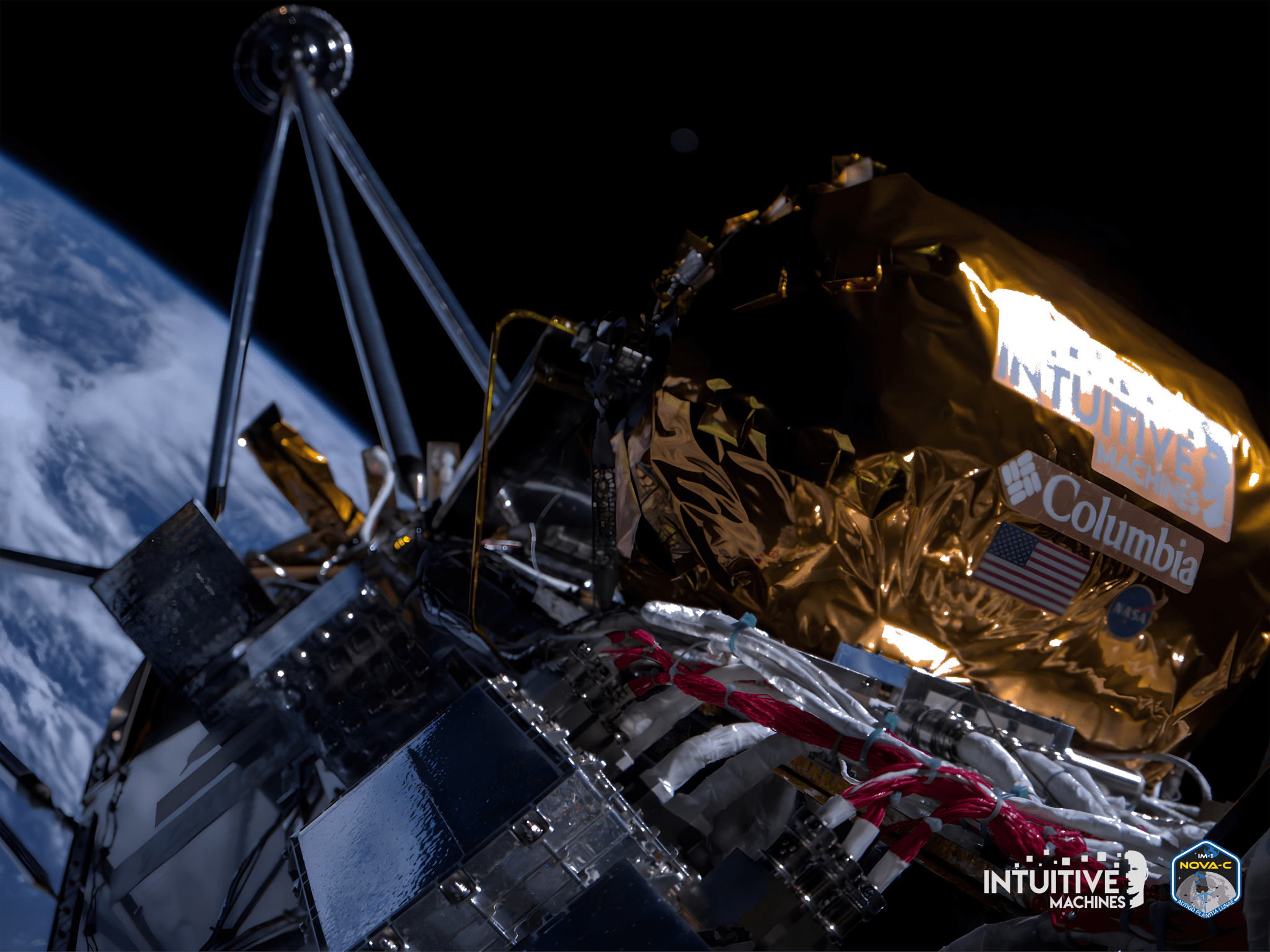5 min read NASA’s LEXI Will Provide X-Ray Vision of Earth’s Magnetosphere A NASA X-ray imager is heading to the Moon as part of NASA’s Artemis campaign, where it will capture the first global images of the magnetic field that shields Earth from solar radiation. The Lunar Environment Heliospheric X-ray Imager, or LEXI, instrument is one of 10 payloads aboard the next lunar delivery through NASA’s CLPS (Commercial Lunar Payload Services) initiative, set to launch from the agency’s Kennedy Space Center in Florida no earlier than mid-January, with Firefly Aerospace’s Blue Ghost…
Read MoreTag: Commercial Lunar Payload Services (CLPS)
NASA Anticipates Lunar Findings From Next-Generation Retroreflector
3 min read Preparations for Next Moonwalk Simulations Underway (and Underwater) Next Generation Lunar Retroreflector, or NGLR-1, is one of 10 payloads set to fly aboard the next delivery for NASA’s CLPS (Commercial Lunar Payload Services) initiative in 2025. NGLR-1, outfitted with a retroreflector, will be delivered to the lunar surface to reflect very short laser pulses from Earth-based lunar laser ranging observatories. Photo courtesy Firefly Aerospace Apollo astronauts set up mirror arrays, or “retroreflectors,” on the Moon to accurately reflect laser light beamed at them from Earth with minimal…
Read MoreNASA’s Kennedy Space Center Looks to Thrive in 2025
Photographers at NASA capture the sunset on Tuesday, Jan. 30, 2024, near the headquarters building of the agency’s Kennedy Space Center in Florida. NASA/Ben Smegelsky As NASA’s Kennedy Space Center in Florida wraps up a year that will see more than 90 government, commercial, and private missions launch from Florida’s Space Coast, a look to 2025 shows the missions, partnerships, projects, and programs at the agency’s main launch site will continue innovating, inspiring, and pushing the boundaries of exploration for the benefit of humanity. “The next year promises to be…
Read MoreNASA Kennedy Top 24 Stories of 2024
A SpaceX Falcon Heavy rocket carrying NASA’s Europa Clipper spacecraft lifts off from Launch Complex 39A at NASA’s Kennedy Space Center in Florida at 12:06 p.m. EDT on Monday, Oct. 14, 2024. SpaceX From sending crew members to the International Space Station to launching a spacecraft to Jupiter’s icy moon Europa to determine if it could support life, 2024 was a busy record setting year for NASA and its partners at Kennedy Space Center in Florida. JANUARYFirst Lunar Lander Takes Flight The first flight of NASA’s CLPS (Commercial Lunar Payload…
Read MoreNASA Explores Industry, Partner Interest in Using VIPER Moon Rover
2 min read NASA Explores Industry, Partner Interest in Using VIPER Moon Rover NASA’s VIPER robotic Moon rover is seen here in a clean room at NASA’s Johnson Space Center in Houston. NASA/Helen Arase Vargas As part of its commitment to a robust, sustainable lunar exploration program for the benefit of all, NASA issued a Request for Information Friday to seek interest from American companies and institutions in conducting a mission using the agency’s VIPER Moon rover. VIPER, short for Volatiles Investigating Polar Exploration Rover, was designed to map the…
Read MoreCADRE Rovers’ Test Drive in the Mars Yard
NASA/JPL-Caltech Two full-scale development model rovers, part of NASA’s Cooperative Autonomous Distributed Robotic Exploration (CADRE) technology demonstration, drive in the Mars Yard at the agency’s Jet Propulsion Laboratory in Southern California in this image from August 2023. The project is designed to show that a group of robotic spacecraft can work together as a team to accomplish tasks and record data autonomously – without explicit commands from mission controllers on Earth. A series of Mars Yard tests with the development models confirmed CADRE hardware and software can work together to…
Read MoreNASA Collects First Surface Science in Decades via Commercial Moon Mission
For the first time in more than 50 years, NASA was able to collect data from new science instruments and technology demonstrations on the Moon. The data comes from the first successful landing of a delivery through NASA’s CLPS (Commercial Lunar Payload Services) initiative and Artemis campaign. The six instruments ceased science and technology operations eight days after landing in the lunar South Pole region aboard Intuitive Machines’ Odysseus, meeting pre-launch projected mission operations. Known as IM-1, this was the first U.S. soft landing on the Moon in decades, touching…
Read MoreNASA Tech Contributes to Soft Moon Landing, Agency Science Underway
On Feb. 22, 2024, Intuitive Machines’ Odysseus lunar lander captures a wide field of view image of Schomberger crater on the Moon approximately 125 miles (200 km) uprange from the intended landing site, at approximately 6 miles (10 km) altitude. Credit: Intuitive Machines Editor’s note: This release was updated Feb. 23, 2024, to add an image from the news conference and participant titles. For the first time in more than 50 years, new NASA science instruments and technology demonstrations are operating on the Moon following the first successful delivery of…
Read MoreNASA, Intuitive Machines to Discuss Historic Moon Mission Today
NASA and Intuitive Machines will host a televised news conference at 5 p.m. EST Friday, Feb. 23, to detail the Odysseus lander’s historic soft Moon landing. With the last-minute assistance of a NASA precision landing technology, the first CLPS, or Commercial Lunar Payload Services, mission carrying the agency’s science and technology demonstrations successfully landed on the Moon at 6:23 p.m. on Feb. 22. This mission is the first U.S. soft landing on the Moon in more than 50 years. Flight controllers are communicating and commanding the lander, which is solar…
Read MoreNASA Sets Coverage of First US Uncrewed Commercial Moon Landing
Intuitive Machines is targeting Thursday, Feb. 22, for the landing of their Odysseus lunar lander on the surface of the Moon as part of NASA’s CLPS initiative and Artemis campaign. Intuitive Machines As part of NASA’s CLPS (Commercial Lunar Payload Services) initiative and Artemis campaign, Intuitive Machines is targeting no earlier than 5:49 p.m. EST Thursday, Feb. 22, to land their Odysseus lunar lander near Malapert A in the South Pole region of the Moon. Live landing coverage will air on NASA+, NASA Television, the NASA app, and the agency’s…
Read More